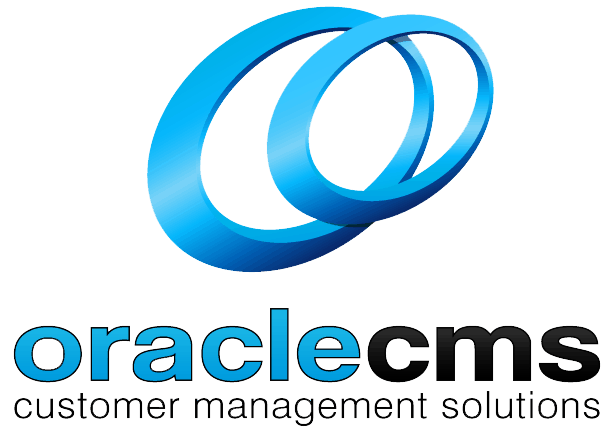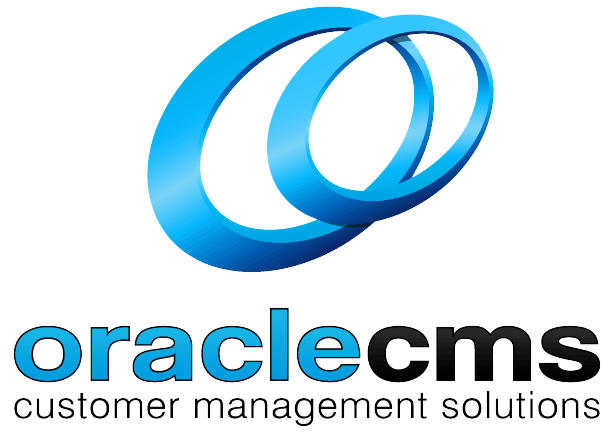
Understanding PDD and SDD in RPA and Their Role in Successful Automation
The Growing Adoption of RPA and the Need for Structured Documentation
Robotic Process Automation (RPA) has rapidly become an essential tool for businesses looking to enhance efficiency, reduce costs, and improve accuracy in repetitive tasks. Industry reports indicate exponential growth in the RPA market, with increasing adoption in sectors such as finance, healthcare, retail, and human resources.
Implementing RPA effectively requires structured documentation to ensure smooth deployment and scalability. Two essential documents in this process are the Process Design Document (PDD) and the Solution Design Document (SDD). These documents provide a blueprint for automation, ensuring seamless execution, compliance, and long-term sustainability.
Understanding the Process Design Document (PDD)
A Process Design Document (PDD) serves as a business-oriented guide that details the current manual process and how it will be automated using RPA. Typically created by business analysts, the PDD is a foundational document that captures business requirements, process workflows, and any exceptions that might arise during automation.
The PDD describes the existing process by mapping out step-by-step workflows, detailing system interactions, and identifying inefficiencies that automation aims to resolve. It includes an in-depth analysis of business rules, exceptions, and dependencies that could impact the automation journey. By capturing these details, businesses ensure that automation aligns with operational goals and enhances efficiency.
One critical aspect of PDDs is their confidentiality. Since these documents contain sensitive business data, including compliance regulations and proprietary processes, access should be restricted to authorized personnel. Organizations should enforce data security measures such as encryption and access controls to protect this valuable information.
Examining the Solution Design Document (SDD)
A Solution Design Document (SDD) provides a technical blueprint that guides the implementation of automation. This document translates business requirements outlined in the PDD into a structured automation framework. It is typically prepared by RPA developers and solution architects who define how the bot will interact with applications, manage exceptions, and execute tasks efficiently.
The SDD outlines the technical architecture of the RPA solution, describing key components such as system integrations, data flow mechanisms, and security protocols. It provides instructions on bot behavior, ensuring that automation follows predefined workflows and handles exceptions appropriately. By detailing automation logic and security compliance measures, the SDD ensures that RPA implementation is both efficient and secure.
Exception handling is a crucial aspect of SDDs. A well-designed automation solution should include error-handling mechanisms that allow bots to recover from failures without disrupting workflows. Businesses should define robust strategies for managing system downtimes, incorrect inputs, and compliance-related requirements to ensure automation stability.
How PDD and SDD Work Together in RPA Implementation
PDDs and SDDs complement each other in the RPA lifecycle. While the PDD focuses on documenting the business process before automation, the SDD provides the technical specifications required for implementation. Together, these documents ensure alignment between business needs and automation capabilities, reducing the risk of errors and inefficiencies.
A well-documented PDD ensures that automation developers have a clear understanding of business processes, while a structured SDD translates those processes into executable automation workflows. This alignment allows organizations to deploy RPA solutions with confidence, ensuring seamless integration and optimal performance.
Industry Applications of PDD and SDD
Finance and Banking
Financial institutions leverage PDDs to document loan processing workflows and transaction approvals before automating them through structured SDDs. This ensures compliance with regulatory frameworks while optimizing operational efficiency.
Healthcare
Hospitals and healthcare providers use PDDs to map out patient data management processes, which are then automated through SDD-driven RPA solutions. This enhances efficiency in insurance claims processing and medical record handling.
Retail and E-commerce
Retailers automate inventory tracking and customer service processes using PDDs and SDDs. By structuring automation through well-documented frameworks, businesses improve order fulfillment and enhance customer experience.
Human Resources
HR departments implement RPA for employee onboarding and payroll management. PDDs outline existing manual processes, while SDDs provide the automation logic to streamline operations and reduce administrative workload.
Best Practices for Developing PDDs and SDDs
To ensure effective automation, businesses should follow these best practices:
- Engage stakeholders early in the documentation process to capture accurate business requirements.
- Maintain clarity in process descriptions, using diagrams and flowcharts to enhance understanding.
- Implement robust data security measures to protect confidential information contained in PDDs and SDDs.
- Establish a version control system to track updates and modifications in documentation.
- Define clear exception handling mechanisms to ensure automation resilience and minimal disruption.
Final Thoughts on PDD and SDD in RPA Success
Process Design Documents (PDDs) and Solution Design Documents (SDDs) are essential components of any successful RPA implementation. By documenting business processes thoroughly and defining structured automation frameworks, organizations can deploy RPA solutions that drive efficiency and reduce operational risks.
Investing time in creating detailed PDDs and SDDs not only streamlines automation deployment but also ensures long-term scalability and compliance. Businesses that adopt best practices in RPA documentation position themselves for sustained success, leveraging automation to enhance productivity and innovation.
FAQ’s
Q1. Why is structured documentation essential for the successful adoption of RPA?
A1. Structured documentation ensures that RPA implementations are well-documented, reducing errors, improving efficiency, and making it easier for teams to manage, scale, and troubleshoot automation processes. It provides a clear roadmap for developers, analysts, and business stakeholders.
Q2. How does structured documentation improve the efficiency of RPA implementations?
A2. Proper documentation streamlines the automation process by clearly defining workflows, business rules, and exception handling. It enhances communication between teams, reduces misunderstandings, and accelerates development, testing, and deployment.
Q3. What types of documents are crucial in an RPA deployment process?
A3. Key documents include the Process Definition Document (PDD), which outlines the business process, and the Solution Design Document (SDD), which details the technical implementation. Other important documents include test cases, exception handling guidelines, and bot maintenance plans.
Q4. How can poor documentation impact the performance and scalability of RPA solutions?
A4. Inadequate documentation can lead to inconsistencies, inefficiencies, and increased maintenance efforts. It makes it difficult to troubleshoot issues, onboard new team members, and scale automation across departments, ultimately reducing the effectiveness of RPA solutions.
Q5. What best practices should businesses follow when creating RPA documentation?
A5. Businesses should standardize documentation formats, ensure clarity and completeness, regularly update documents, include visual aids like process maps, and involve key stakeholders in the documentation process to maintain accuracy and relevance.[/vc_column_text][/vc_column][/vc_row]


